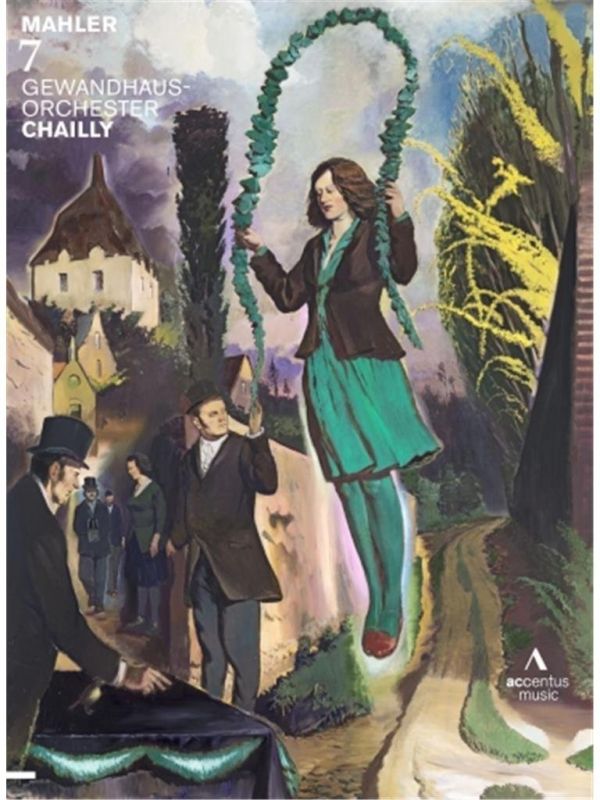MAHLER Symphony No 7 (Chailly)
View record and artist detailsRecord and Artist Details
Composer or Director: Gustav Mahler
Genre:
Orchestral
Label: Accentus
Magazine Review Date: 12/2015
Media Format: Digital Versatile Disc
Media Runtime: 83
Mastering:
DDD
Catalogue Number: ACC20309

Tracks:
| Composition | Artist Credit |
|---|---|
| Symphony No. 7 |
Gustav Mahler, Composer
Gustav Mahler, Composer Leipzig Gewandhaus Orchestra Riccardo Chailly, Conductor |
Author: Peter Quantrill
Developed and then fine-tuned in Leipzig over the last decade, Chailly.2 really does come with a different operating system. Briskly fired up, it fairly purrs through the data-heavy sections of Mahler’s Seventh. If only all updates were as consistently effective. The first movement’s beat is a debased version of the Fifth Symphony’s funeral march which, in its steady accumulation of energy, results in a coda of roaring ambivalence, the triumph enjoyed for the moment like a well-directed first act of Die Walküre. This used to be considered Mahler’s most ‘problematic’ single movement but Chailly conducts a structural masterclass. He marks an emphatic arrival on the brass cadence to close the first subject around five minutes in, and marshals the luscious second theme like a piece of the new Leoncavallo or early Strauss which Mahler apparently shaped so masterfully even while holding his nose at their frivolous realism. He allows only the most provisional repose for the movement’s central interlude. You may do the same at the finale, which is played at full throttle, veering from Die Meistersinger to Rameau’s airs and dances like a symphonic Dr Strangelove, hilarious or terrifyingly empty according to inclination. What really distinguishes Chailly’s Mahler nowadays (from his earlier self but also from most of the competition) is that he pushes through the music with the Italianate passion that Abbado chose to efface over the years: the closest historical parallel is with Bruno Maderna, whose open-invitation ‘party in my room’ Seventh was last seen on Hunt (Vienna SO, 1967, though his Milan radio recording four years later is far better played and recorded). They leave the irony up to you and me. Thus a brighter light than usual is shone on the two Nachtmusik movements, while the shadows run deeper as solo harp then cello then flute then trumpet bring about the second movement’s reprise in a carnival-mask passing of the baton from Bruckner to Webern. The balance on film (and the radio broadcast of the second of three concerts edited together here) favours trilling flutes and manic percussion but allows plenty of room for that guttural Leipzig brass and bass, which has surely never sounded finer. The holes in the middle are partly Mahler’s doing in his most experimental orchestration.
Explore the world’s largest classical music catalogue on Apple Music Classical.
Included with an Apple Music subscription. Download now.

Gramophone Digital Club
- Digital Edition
- Digital Archive
- Reviews Database
- Events & Offers
From £9.20 / month
Subscribe
Gramophone Club
- Print Edition
- Digital Edition
- Digital Archive
- Reviews Database
- Events & Offers
From £11.45 / month
Subscribe
If you are a library, university or other organisation that would be interested in an institutional subscription to Gramophone please click here for further information.






